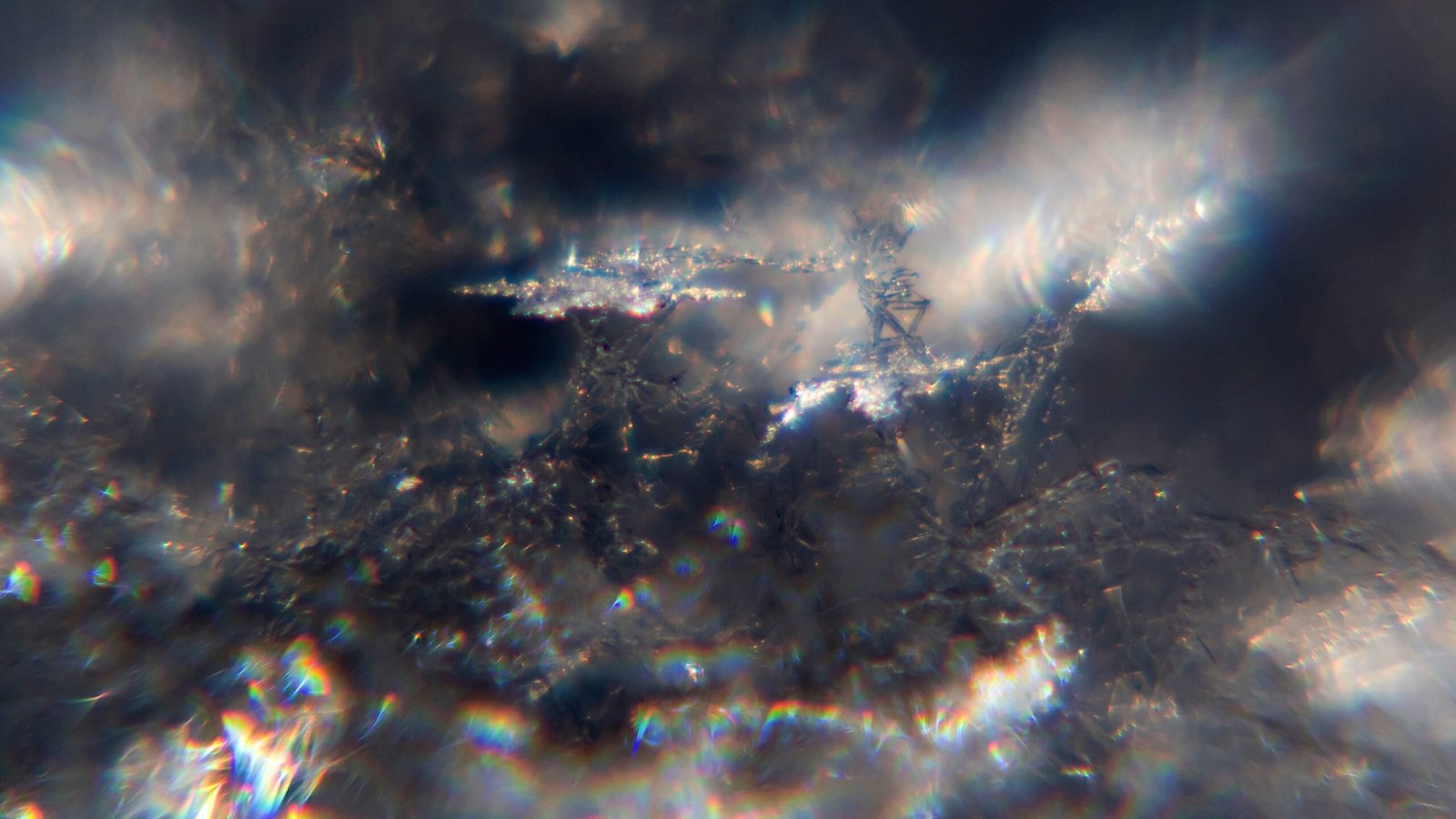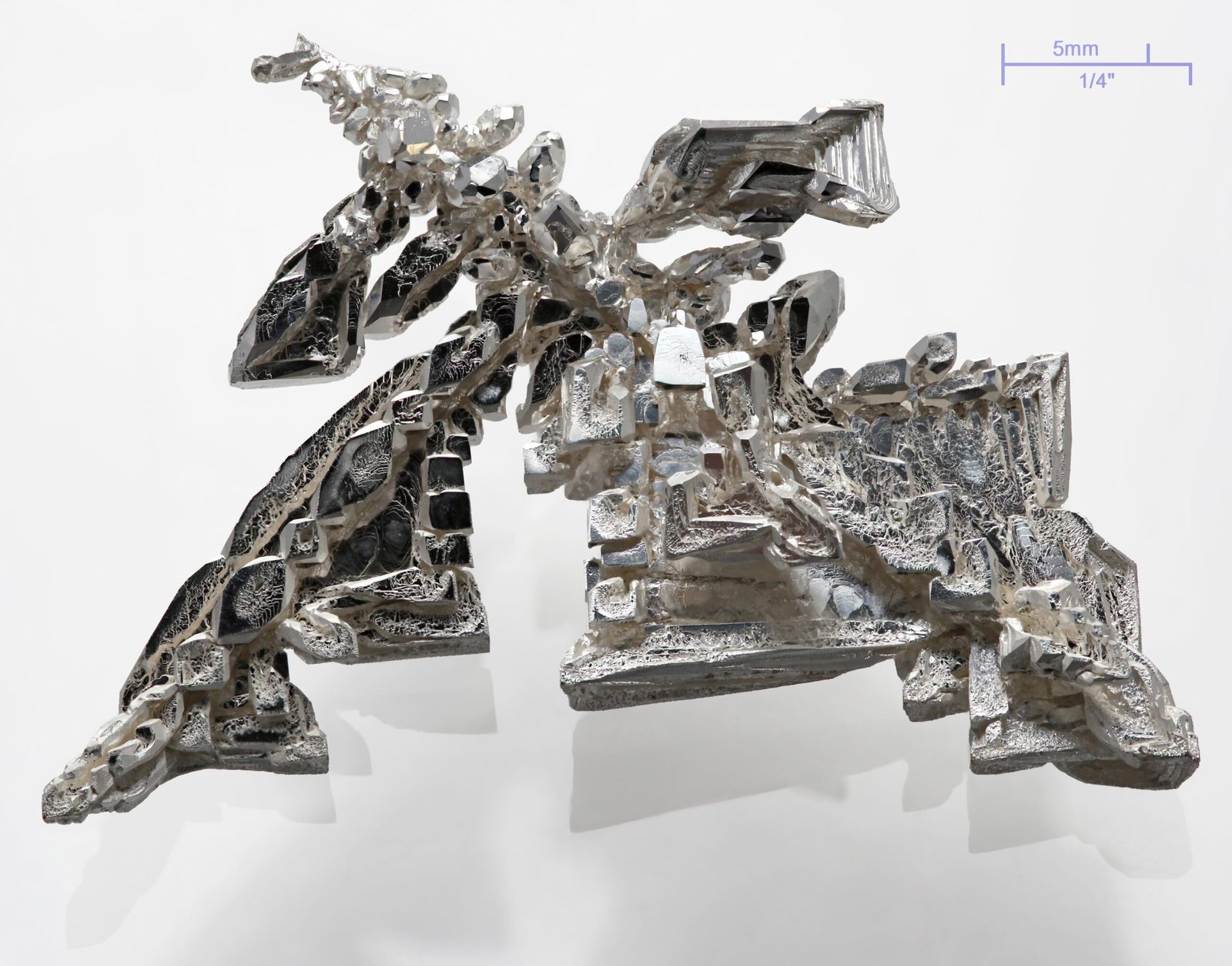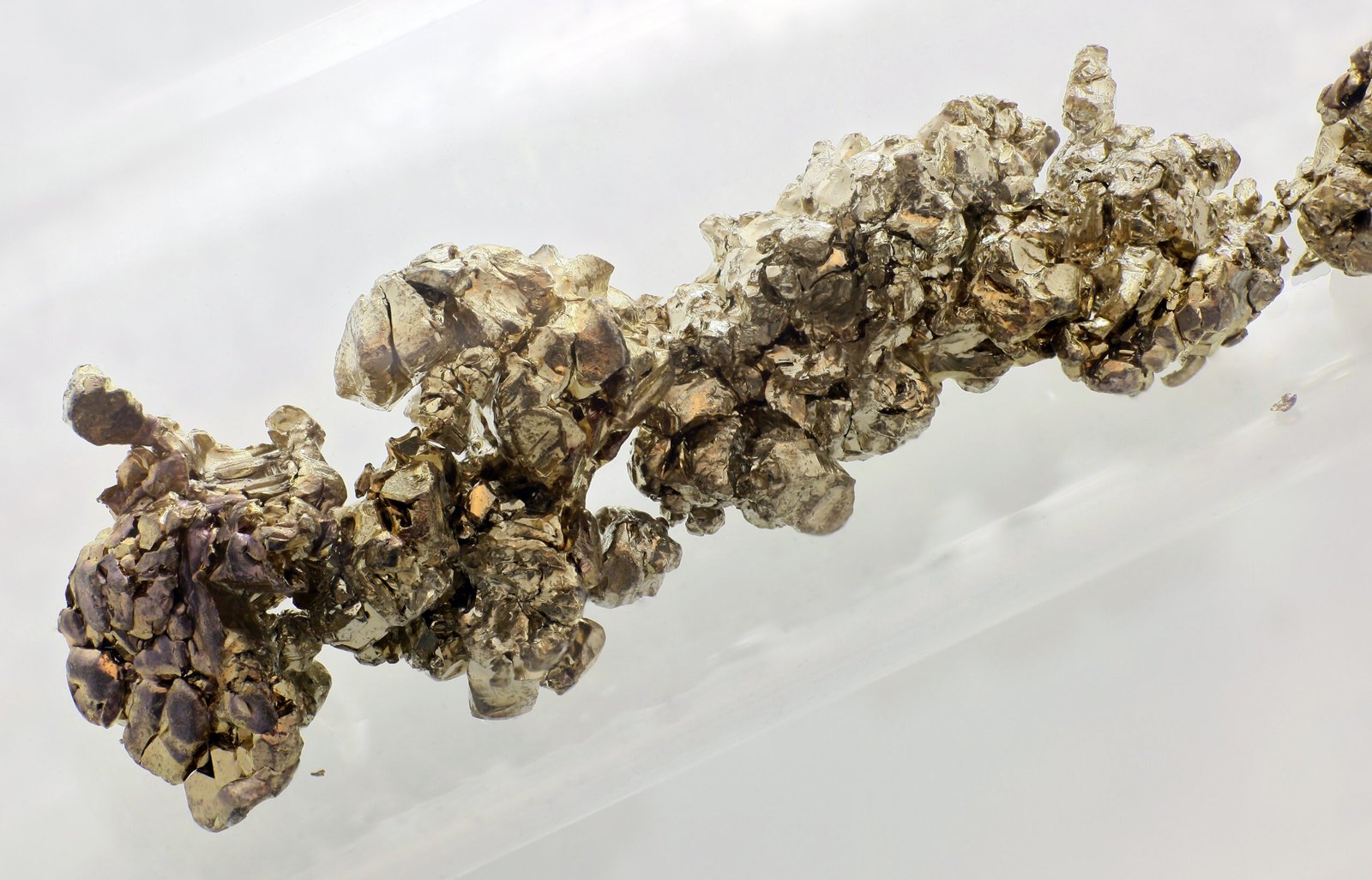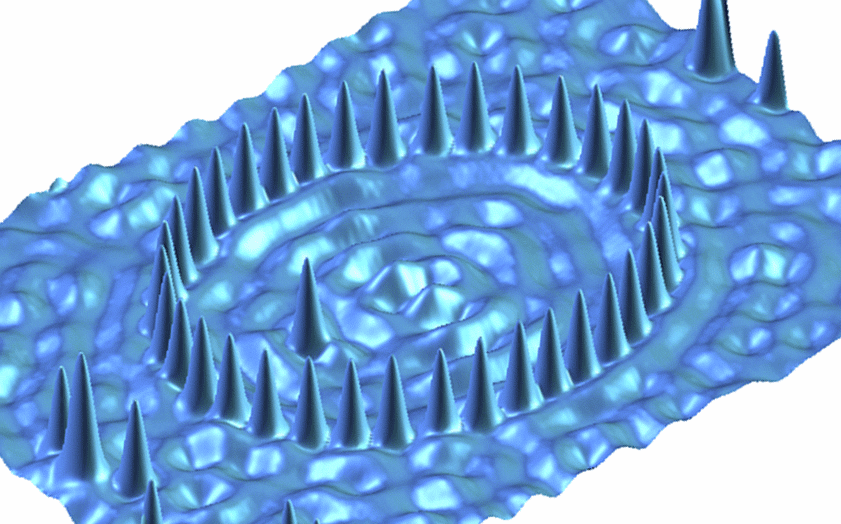Imagine a world where the laws of physics as we know them are challenged by a new form of matter. This isn’t the plot of a science fiction novel, but a reality that scientists have discovered: the quantum time crystal. This revolutionary concept defies the traditional understanding of time and energy. Unlike other crystals, which are structured in space, time crystals are structured in time. They offer an exciting glimpse into the future of quantum mechanics, where the impossible becomes possible.
Understanding the Concept of Time Crystals

To grasp the idea of time crystals, let’s first delve into what makes them unique. Traditional crystals, like diamonds or snowflakes, have a repeating pattern in space. Time crystals, however, have a repeating pattern in time. This means they exhibit a structure that repeats at regular intervals, not in physical space, but in the fourth dimension — time. Imagine a pendulum that swings forever without any external energy input. This perpetual motion is a hallmark of time crystals, defying the laws of physics as we understand them.
The Birth of a Revolutionary Idea

The concept of time crystals was first proposed by Nobel laureate Frank Wilczek in 2012. He theorized that it might be possible to create a structure that could exist in a state of perpetual motion, without expending energy. This was a radical thought, as it contradicted the second law of thermodynamics, which states that systems naturally move towards disorder. However, Wilczek’s idea sparked a flurry of research, and soon, scientists around the world were attempting to bring this theoretical concept to life.
The First Quantum Time Crystal
In 2016, the world witnessed a groundbreaking moment when a team of physicists from the University of California, Berkeley, successfully created the first quantum time crystal. By using a chain of ytterbium ions and applying a laser pulse, they were able to observe a repeating pattern in time. This pattern persisted even when the system’s energy was minimized. The experiment proved that time crystals could exist, opening the door to new possibilities in quantum mechanics and challenging our understanding of time itself.
Why Time Crystals Matter

You might wonder why time crystals are important. The answer lies in their potential applications in quantum computing and technology. Time crystals could lead to more stable quantum computers, which are the future of processing power. Unlike classical computers, which use bits, quantum computers use qubits that can exist in multiple states simultaneously. Time crystals could help maintain the coherence of these qubits, leading to faster and more efficient computations. This could revolutionize industries ranging from cryptography to artificial intelligence.
The Science Behind Time Crystal Formation

Creating a time crystal isn’t as simple as following a recipe. It requires precise conditions and understanding of quantum mechanics. In the Berkeley experiment, scientists used a technique called “Floquet engineering,” where they applied periodic laser pulses to a system of ions. This induced a non-equilibrium state that allowed the time crystal to form. The ions were trapped in a magnetic field, and the laser pulses caused them to interact in a way that created a repeating pattern in time. It’s a delicate process that requires a deep understanding of quantum physics.
Challenges and Controversies

The discovery of time crystals has not been without controversy. Some physicists argue that they violate the laws of thermodynamics, while others question the definition of what constitutes a time crystal. There are debates about the stability and longevity of these structures, and whether they can truly exist outside of controlled laboratory conditions. However, these challenges have only fueled further research, as scientists strive to better understand and refine the concept of time crystals.
Potential Applications in Technology
The potential applications of time crystals extend beyond quantum computing. They could also play a role in developing new materials with unique properties. For instance, time crystals could lead to the creation of materials that are more resistant to wear and tear, as their unique structure could absorb and dissipate energy more effectively. Additionally, they might be used in developing new types of sensors or communication systems that operate on quantum principles, offering greater efficiency and precision.
The Future of Quantum Time Crystals

The discovery of time crystals is just the beginning of an exciting journey into the unknown. As research continues, scientists are exploring new ways to create and manipulate these structures. They’re investigating how time crystals can be integrated into existing technologies, and what new possibilities they might unlock. The future holds the promise of a deeper understanding of the universe, where time is not a linear progression but a dynamic element that can be harnessed and controlled.
Implications for Our Understanding of Time

Time crystals challenge our fundamental understanding of time as a constant, unchanging flow. They suggest that time can be manipulated and structured in ways previously thought impossible. This has profound implications for fields ranging from physics to philosophy. If time can be structured, what does that mean for our perception of reality? Could time travel become a possibility, or will we discover new dimensions of time that alter our understanding of existence? These questions remain open, inviting further exploration and discovery.
Conclusion
The creation of quantum time crystals marks a pivotal moment in scientific history. It challenges our understanding of time and energy, opening new avenues for exploration in quantum mechanics. As we continue to unravel the mysteries of time crystals, we may unlock new technologies that transform our world. The journey has only just begun, and the possibilities are as infinite as time itself.


